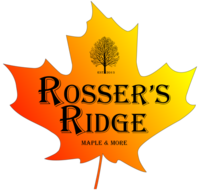Latest News
We’re Making regional News!
Maple Sugaring Operation Expands
- Deborah Jeanne Sergeant, N.Y. Correspondent
- Feb 8, 2019 Updated Feb 8, 2019
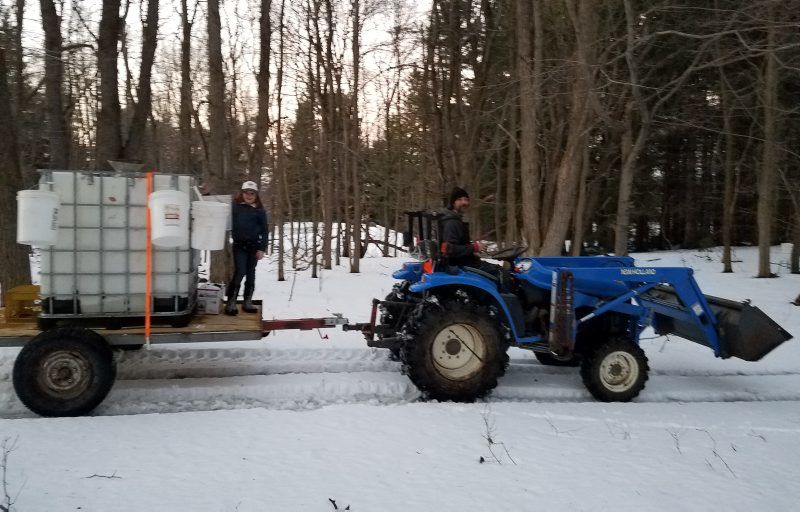
Submitted photo Gathering sap at Rosser’s Ridge is a family affair, with Todd Rosser at the wheel and his daughter, Kaitlin, along for the ride.
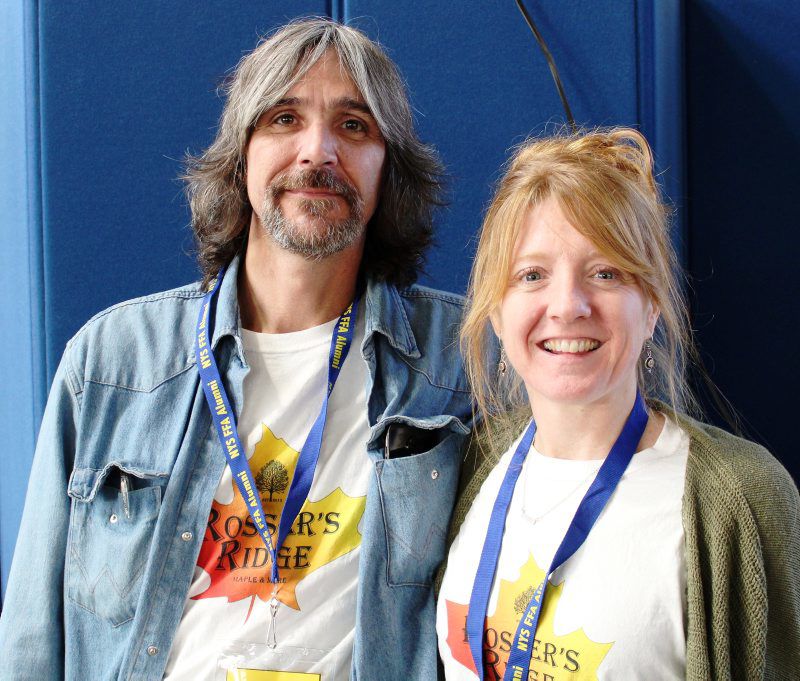
Photo by Deborah Jeanne Sergeant
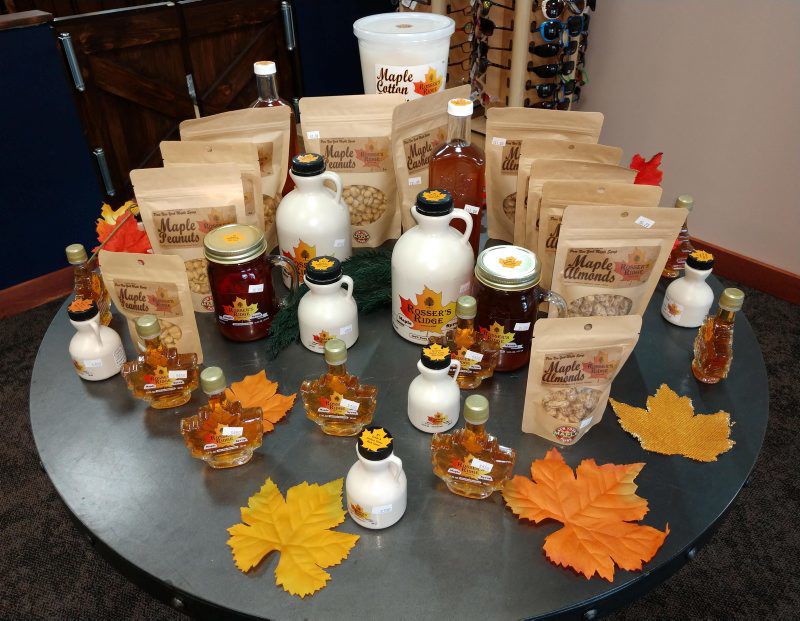
Submitted photo Rosser’s Ridge produces a variety of maple products.
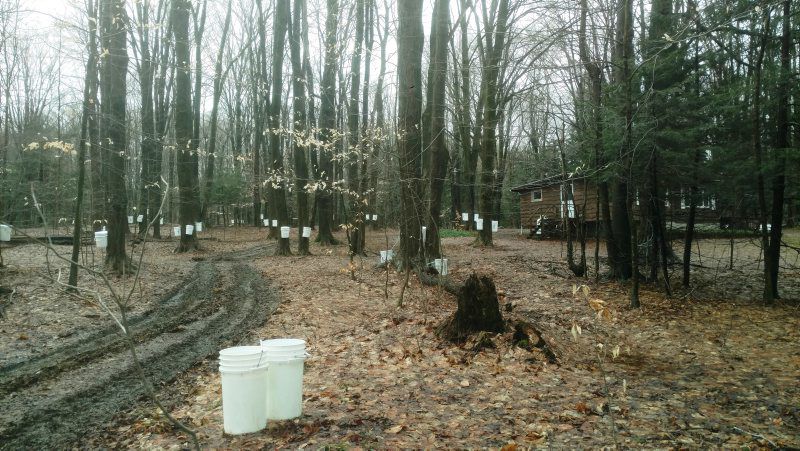
Submitted photo Late last spring, the Rosser’s had one more sap run.
CHAFFEE, N.Y. — Building on his love of maple sugaring as a child, Todd Rosser has grown his maple syrup business from 25 taps to 400 in a mere six years. Rosser’s Ridge Maple & More in Chaffee, New York, operates “old school style,” as Rosser puts it, with buckets instead of tubing on a vacuum system, and a wood fire outdoors instead of propane in a cozy sugar shack.
However, Rosser isn’t entirely opposed to innovation that helps his operation become more efficient.
Last year, he integrated a reverse osmosis system, which helps reduce the maple sap’s water content before it’s boiled. That helped Rosser, an electrician by trade, triple his production — reaching nearly 100 gallons — with only double the number of buckets he had when he started.
He taps 26 total acres, 8 of which he owns, so it’s important to increase efficiency to increase yield.
“We were impressed with last year,” Rosser said.
He thinks that with more practice, he can become more efficient.
“We’re getting the hang of it,” Rosser said. “I’m not getting the efficiency out of it that I should expect. I believe it’s just operator error and learning curves.”
He was getting 2 percent sugar content and with the reverse osmosis, he’s getting 4 percent.
Rosser also added a pre-heater tank, and mixed coal with the wood to achieve a hotter, more consistent temperature. With those innovations, he can make about 1 gallon of syrup hourly.
He hopes to make at least 100 gallons this season, which, with good sugar content and proper handling, is achievable with 400 taps.
“The average of 1 quart of syrup per tap is a good rule,” Rosser said.
He learned tapping from his family as a child, when he and his brothers would tap their maple trees and sell the sap to a sugar house down the road. Later, Rosser became interested in maple sugaring again, but this time read up on boiling sap to make his own syrup.
He built his own arch with cinder blocks and boiled outside over an open fire, sheltered by a pop-up tent.
“We made 5 gallons of extremely dark, smoky syrup,” Rosser recalled.
He and his wife, Chrissy, a massage therapist, couldn’t give the syrup away.
The next year, Rosser drew on his hands-on skills to build an evaporator that properly directed the smoke away from the sap to improve its flavor.
“My father was an engineer,” Rosser said. “We just learned how to do everything. You learn at home and that carried on. I was able to do a lot of the design work myself and (also) researched online.”
With additional reading and a certain amount of trial and error, he learned how to make maple syrup.
Eventually, he bought a hydrometer so he could tell when the liquid reached 66 percent sugar content, signaling he had pure maple syrup.
He still uses a pop-up tent as shelter. Initially, he used it as a money saver; however, with experience, he sees its limitations. For example, last year, snow collapsed it, forcing him to purchase a new one shortly before the season ended.
He hopes to someday convert part of his storage barn into a sugar shanty. So far, he hasn’t had the time to undertake the project.
Rosser began selling maple publicly his second year of production. By then, he and his wife had researched enough to produce palatable and salable syrup and maple products.
These days, the Rossers supply a few area restaurants with wholesale syrup and sell to a brewery that makes a maple porter and maple lager.
They also sell at gift shops and a few general stores — both syrup and maple products they make, including soft maple sugar candy, maple cream, cinnamon maple cream, maple cotton candy, maple-covered nuts, maple mustard, maple barbecue sauce and maple hard candy.
Rosser bills the maple hard candy as “perfect for people who love maple, but don’t want to get caught drinking it out of the jug.”
Cinnamon maple cream also has proven a favorite.
“It makes everything taste like a cinnamon bun,” Rosser said.
The Rossers also sell maple products at a few local craft shows. Visitors to their website can request mail-order maple and locals can also buy off the farm.
“We’re looking to keep expanding,” Rosser said. “We do have some other maple products we’re messing with in the kitchen. We want to keep expanding our maple farm.”
The Rossers attended the recent Mid-Winter Maple Classic 2019 in Syracuse, New York, to further their knowledge about maple production, packaging and marketing. The event is hosted annually by the New York State Maple Producers Association, a 700-member trade organization.
The Rossers said their children, Kaitlin, 11, and Dale, 9, like helping with the business, such as packaging orders to ship.
“That’s as rewarding as it could be — having my kids and wife out there helping,” Rosser said. “I’m grateful for it.”
